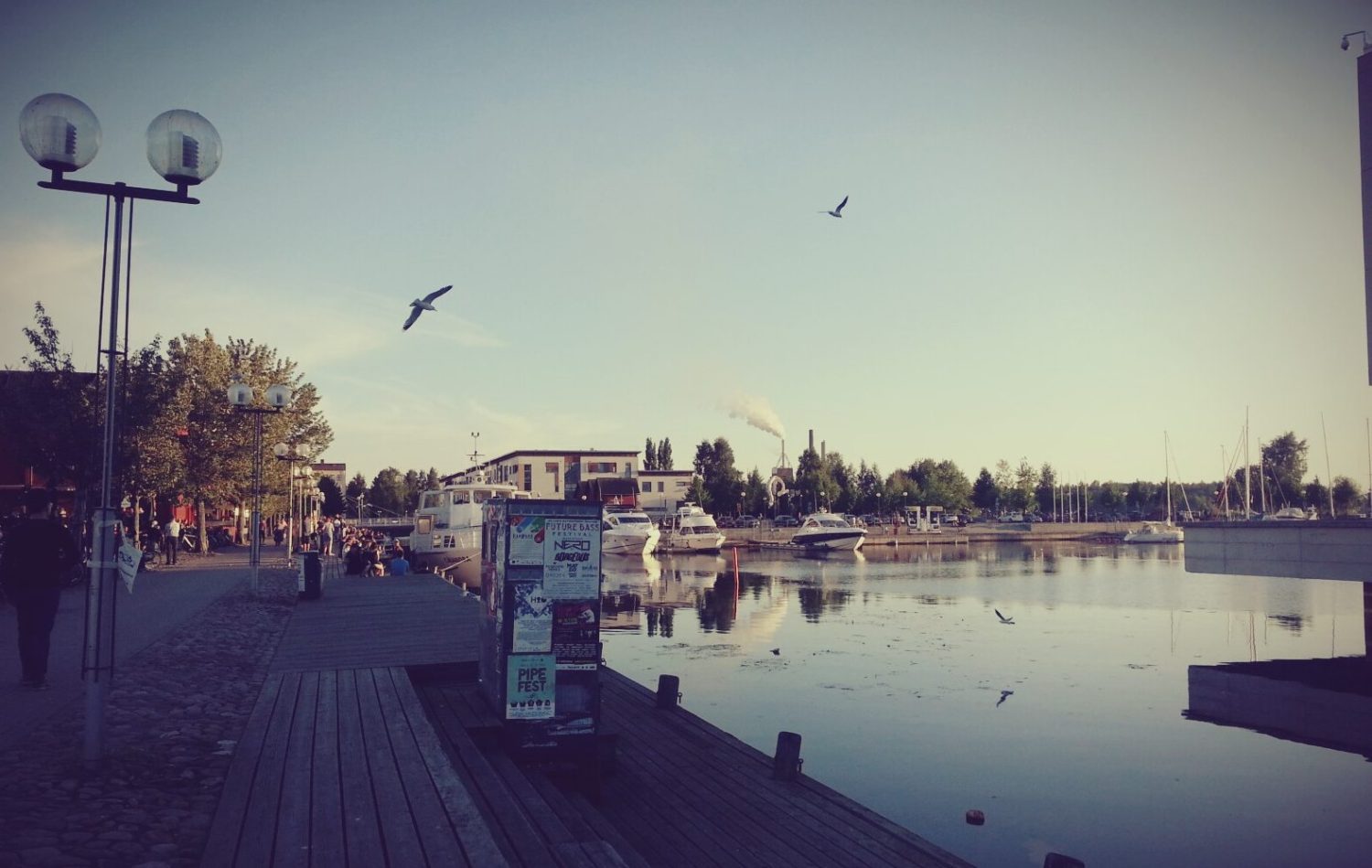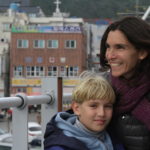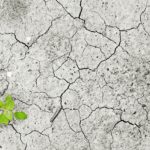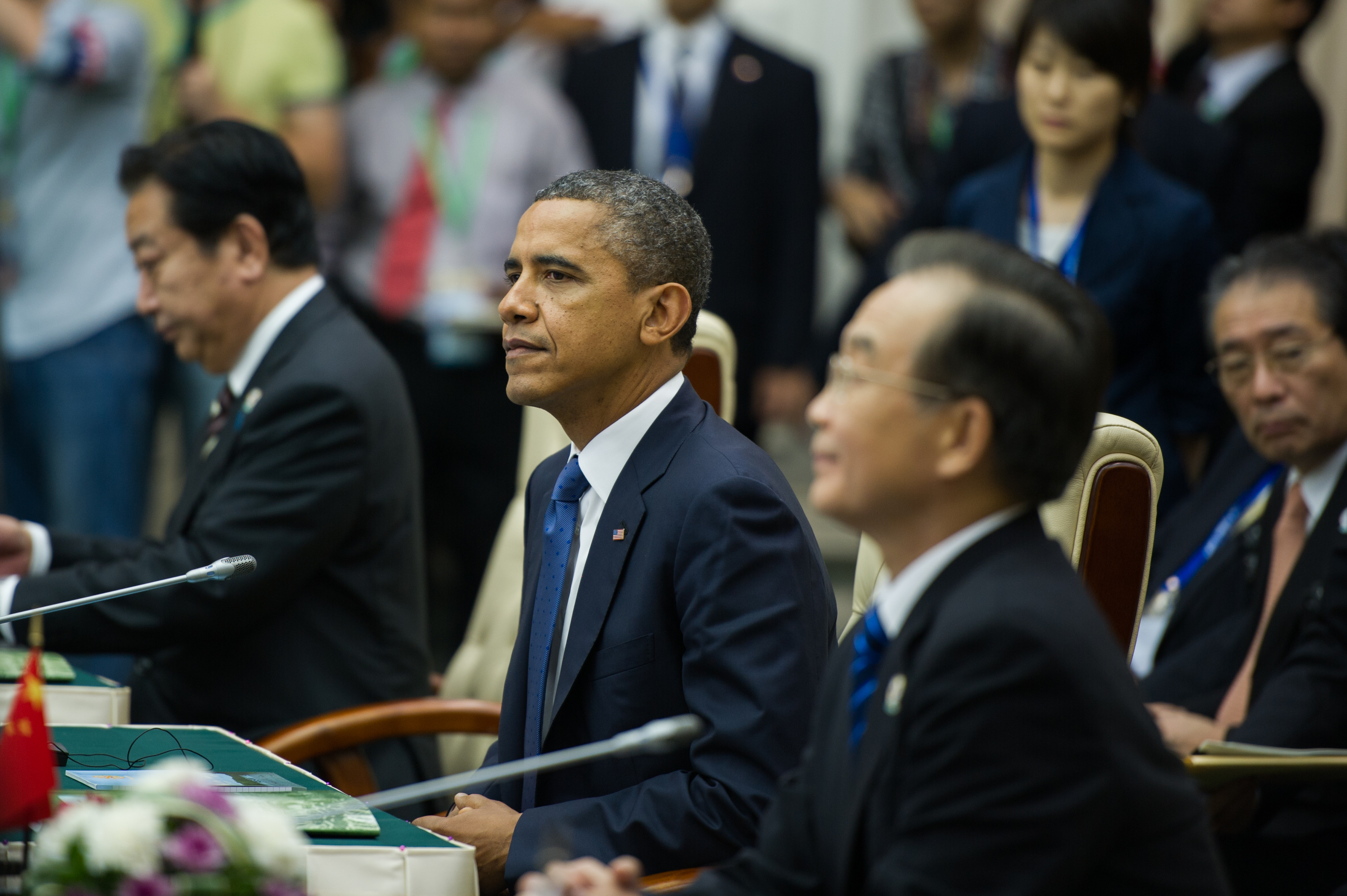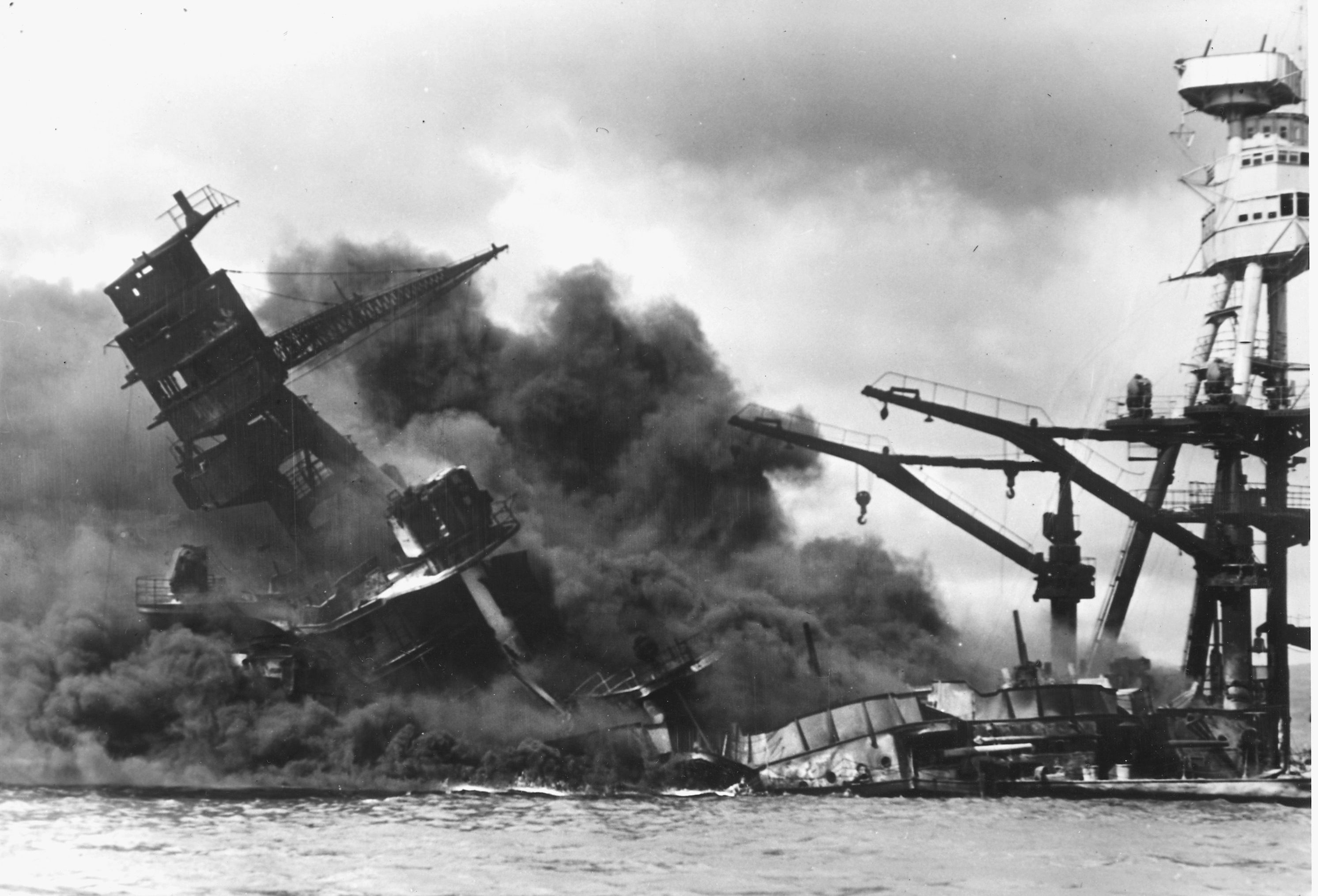In late August I woke up at 5am to go jogging before my bike ride through empty streets to the office. The sun had already painted one side of the horizon in pastel and the other side with burning orange. This picturesque scene undergoes a drastic change in winter. White nights at a pleasant 25 ºC, ornamented by a sea breeze and the calming sound of the rivers and ocean, will become almost uninhabitable -30 ºC, snow-covered scenes blanketed in a complete, dark silence.
This is my hometown in northern Finland, Oulu (Uleåborg to our Swedish-speaking minority). Oulu is located approximately three hours by car from the Arctic Circle, and a two hours’ drive from the Swedish border in the Gulf of Bothnia. For me, this city (with its 200,000 residents) is one of persistence, constantly reckoning the polarity between light and darkness.
The origin of the name Oulu is still debated, but the widely accepted theory is that it came from åula – a Sami word for flooded water. Sami people, the northernmost indigenous people in Europe, had inhabited the region before moving further north. Much of the history is not well known, but the region likely served as an old trading post before the Nordic countries defined their borders. Later on, the city, which is located on the coast at the mouth of a long river, was a strategically important place for the two Nordic empires that have ruled over Finland: Russia and Sweden.
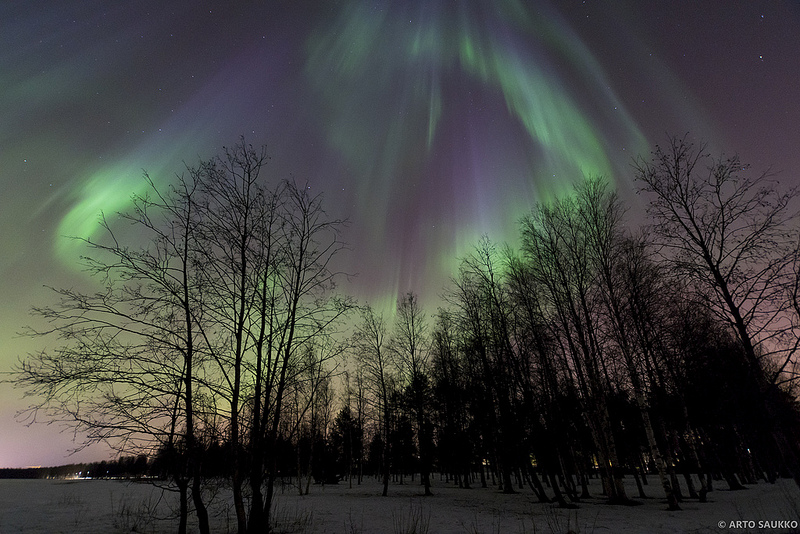
Aurora Borealis
The city was formally established by King Charles IV of Sweden in 1605. After this, the city became a center for tar and salmon export across Europe and gained considerable wealth during the 18th century, first due to staple city rights and later due to tar demand in the Russian Empire. Staple city rights meant that the locals were able to sell abroad without having to ship the cargo first to the capital. This created enough wealth for local bourgeois families to build their own fleets and to invite foreign ships to the port. Some words, like akkuna, patio and fiini, in the Oulu dialect remain as a memento from Russian, Spanish and British visitors. The town back then, relatively wealthy but built mostly of wood, had something to learn though: tar burns easily. Major fires have burned most of the city at least ten times. However, the fires were not the only reason it has few remaining historical sites; in the beginning of the 20th century the city became heavily industrialized, clearing the land for grand factories of every kind. Some of these factories still remain while many of them were transformed into centers during the IT boom, which began in the city in the late 1980s. Today, Oulu has few houses remaining from the times of tar export, most notably the red wooden tar storages in the market place that are repurposed as art boutiques. The architecture of the city center is partly protected for its historical importance and therefore does not have any tall buildings, as it was a Finnish custom not to have anything higher than the Cathedral.
Industry-wise the city is known for its ITC field, especially for wellness technology. The city itself works as a community-wide lab for experimental technology, having constant collaboration between government, companies and individuals for new innovations. Having one of the youngest populations in Europe, the city boasts a high percentage of innovation per capita as well as odd cultural events. People may encounter oddities such as Air Guitar championships, sauna challenges, ice water pitching, midnight sea skiing and pop-up sport competitions. The common passions for residents are ice hockey (the local team, Kärpät, has been a national champion for years) and biking, which is a major form of transportation for students and businessmen alike.
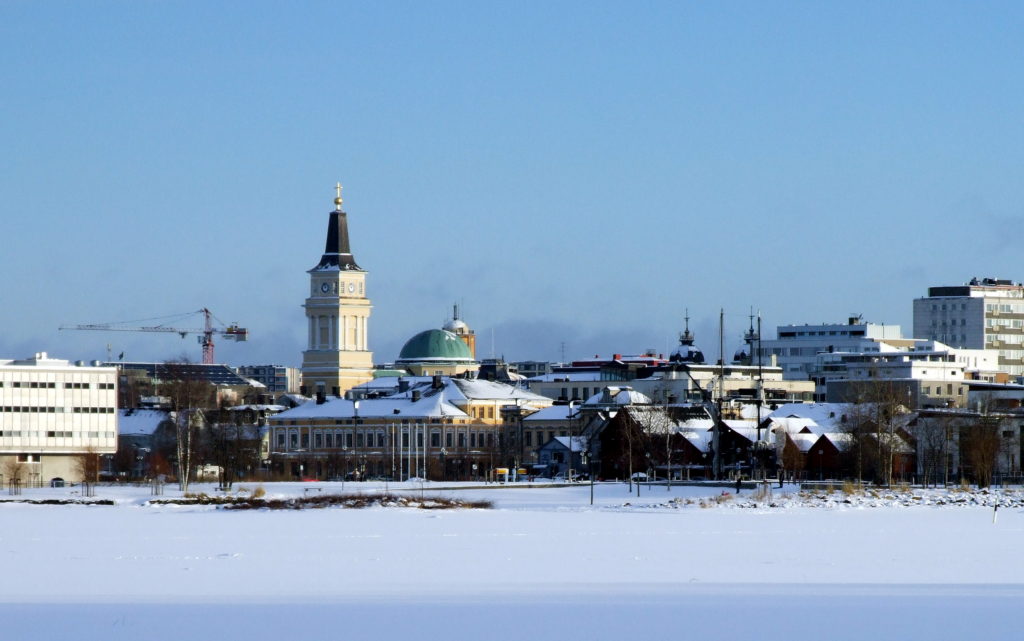
OULU center
Yet, the most defining aspect of the city is its nature and climate. The city has four seasons that test the endurance of the locals, and the transformation of the nature throughout these seasons is worth of seeing. The winters are cold, snow-filled and dark, having only eight hours of light in all of December. The nature is monochromatic, glittering in white during sunny hours and gleaming with greyish blue for the rest, though sometimes auroras color the sky with green and turquoise. In contrast, summers are pleasantly warm, colorful and filled with light as the sun barely sets during June. The rivers, lakes and ocean sparkle in blue while the forests and parks embrace the city with green. These extremes last just a short while, before the balance of the light and dark shifts again. On that late August morning, I was not the only one jogging and basking in the dawn light before the long dark Winter.
- Good Leader, Bad Leader: What Should We Learn From Today’s Monarchies? - June 4, 2017
- Trickling Down? Reassessing Today’s Global Economy - June 4, 2017
- The Echo Chambers of the Internet - April 17, 2017

